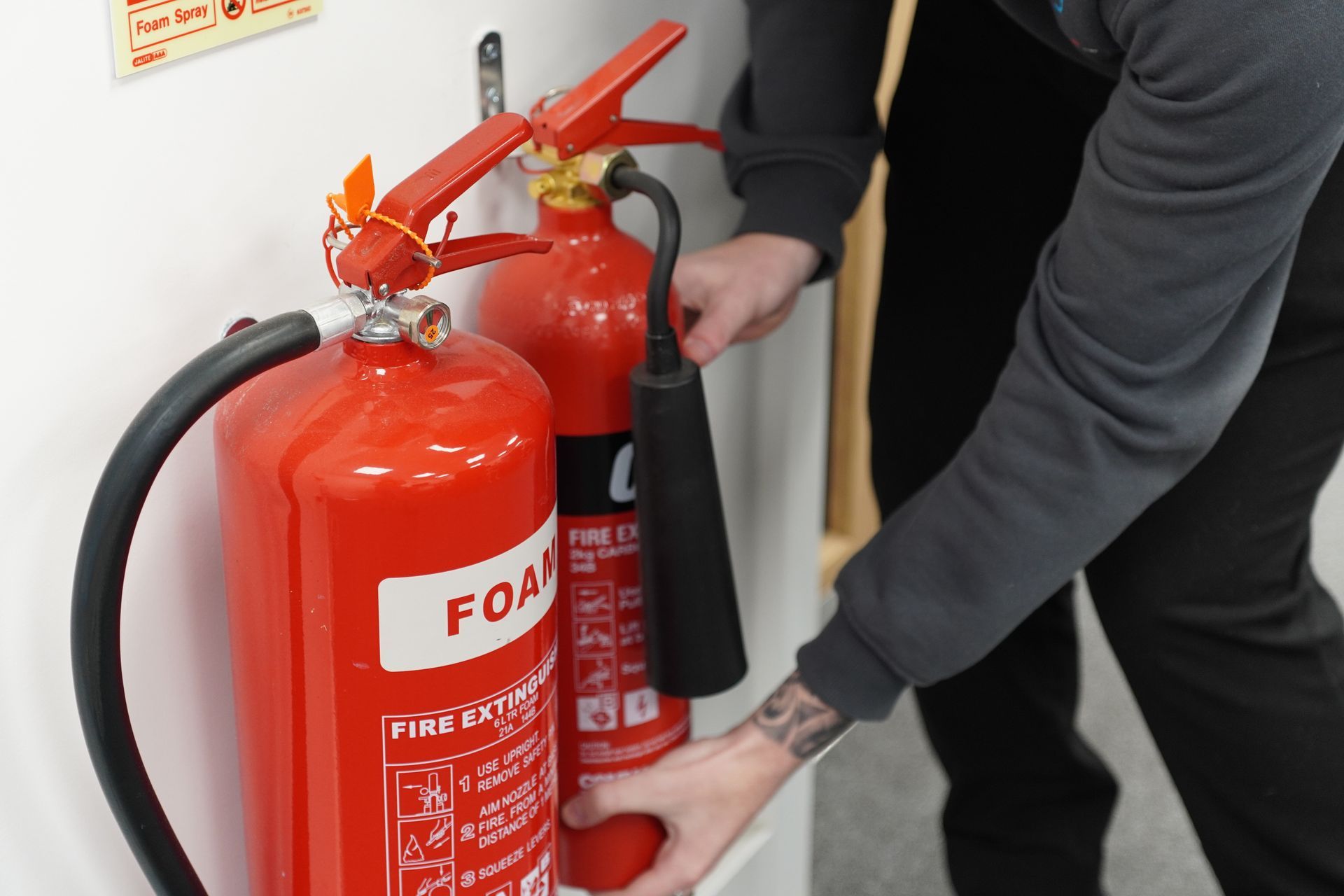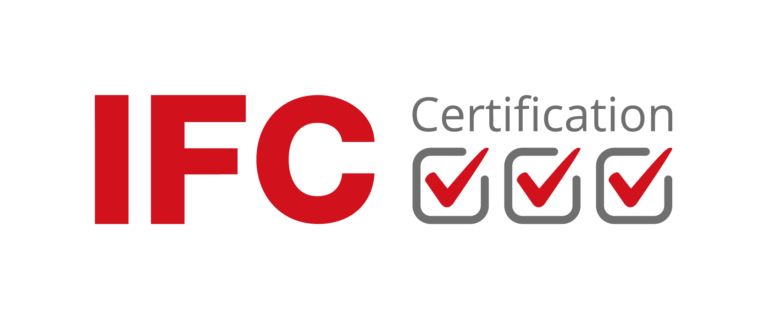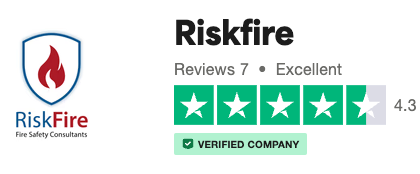Everything You Need to Know About Fire Risk Assessments
Picture this: a bustling small business, full of energy and potential, suddenly disrupted by the piercing wail of a fire alarm. Panic sets in as employees scramble to safety, and precious time is lost figuring out evacuation routes amidst the chaos. This scenario underscores a crucial point—fire risk assessments aren't just bureaucratic hoops to jump through; they're essential lifelines for your business. Without them, you leave your livelihood and the safety of your team hanging in the balance.
Are you confident that your business is protected from fire hazards, or are you unwittingly playing with fire?
Understanding the Importance of Fire Risk Assessments
A fire risk assessment is more than just a legal requirement; it's a proactive measure that safeguards both your business and its occupants. These assessments help you understand fire safety by identifying potential risks that could threaten your premises. By taking the time to evaluate these dangers, you ensure that your business remains compliant and that your employees and customers feel safe and secure.
Fire risk assessments are your first line of defence against potential hazards. By conducting regular assessments, you can spot issues before they escalate into serious problems. This pre-emptive approach not only protects lives but also minimises damage to your property, saving you from costly repairs and downtime.
Moreover, staying up-to-date with fire safety standards is crucial for maintaining a safe environment. Regulations and guidelines are constantly evolving, and regular assessments help guarantee that your business complies with the latest mandates. This commitment to safety builds confidence among your employees and customers, reassuring them that your business prioritises their well-being.
In essence, a thorough understanding of fire safety and the importance of risk assessments can make the difference between a minor incident and a major disaster. By recognising the potential dangers and taking appropriate action, you can safeguard your business's future while ensuring the safety of everyone involved.
Key Legal Requirements for Fire Safety in the UK
In the UK, fire safety isn't just a matter of common sense—it's a legal obligation. The Regulatory Reform (Fire Safety) Order 2005 mandates that business owners take specific actions to protect their premises and the people within. This order requires you to appoint a 'responsible person' to oversee fire safety measures, ensuring that all legal requirements are met.
One of the primary responsibilities of the 'responsible person' is to maintain clear and accessible fire exits. These exits must be free from obstructions and provide a safe route for evacuation in the event of a fire. Failing to comply with this requirement could have serious legal consequences, so it's crucial to keep all fire exits in optimal condition.
Another key aspect of fire safety compliance is the documentation of risk assessments. Proper record-keeping demonstrates that you've taken the necessary steps to identify and mitigate risks, providing a solid defence in case of legal scrutiny. This documentation should be updated regularly to reflect any changes in the premises or operations.
Fire safety equipment, such as extinguishers and alarms, must also meet UK regulations. Ensuring that your equipment is up to the required standards protects you from potential fines and guarantees that you're prepared for any fire-related emergencies. In short, adhering to legal requirements is not only about avoiding penalties—it's about creating a safe environment for everyone involved.
Understanding your responsibilities and the legal framework surrounding fire safety is integral to running a successful business. By taking these obligations seriously, you demonstrate a commitment to safety that benefits both your business and its occupants.
Steps to Conducting a Fire Risk Assessment
Conducting a fire risk assessment may seem daunting, but breaking it down into manageable steps makes the process more approachable. The first step involves identifying fire hazards within your premises. Look for potential sources of ignition, such as electrical equipment, and materials that could fuel a fire, like paper or fabric.
Once you've identified the hazards, evaluate who might be at risk during a fire. Consider everyone who uses the premises, including employees, visitors, and contractors. Think about those who may need assistance during an evacuation, such as individuals with disabilities or unfamiliar visitors.
After evaluating the risks, implement measures to reduce or eliminate them. This might involve rearranging storage areas, upgrading electrical systems, or providing additional training for staff. The goal is to minimise the likelihood of a fire occurring and to ensure a rapid, safe evacuation if it does happen.
Recording your findings and preparing an action plan is a critical part of the assessment process. This detailed documentation serves as a reference for your fire safety measures and helps ensure that everyone involved understands their responsibilities. Regularly reviewing and updating your assessment keeps your fire safety plan current and effective, accommodating any changes in your business operations or premises.
By following these steps, you not only comply with legal requirements but also create a safer environment for everyone involved. A well-conducted fire risk assessment is an investment in the safety and success of your business.
Identifying Potential Fire Risks in Your Workplace
Recognising potential fire risks in your workplace is a vital part of any fire risk assessment. Electrical equipment, for instance, poses a significant threat if not properly maintained. Faulty wiring or overloaded circuits can quickly ignite a fire, so regular inspection and maintenance are essential.
Combustible materials in storage areas also require careful management. Items like paper, cardboard, and cleaning supplies can fuel a fire if not stored correctly. Ensure that these materials are kept in designated areas away from potential ignition sources.
Poor housekeeping can lead to fire hazards accumulating unnoticed. Cluttered workspaces and blocked exits can impede evacuation efforts, making it harder for people to escape in an emergency. Maintaining a clean and organised workplace is crucial for minimising fire risks.
Kitchen areas deserve special attention when it comes to fire prevention. Cooking equipment and appliances can easily start a fire if left unattended or improperly used. Regularly inspect these areas for potential hazards and ensure that staff are trained in safe cooking practices.
Finally, heating systems should be inspected to avoid overheating risks. Faulty heaters or blocked vents can cause fires, so regular maintenance and inspections are essential. By addressing these potential fire risks, you can create a safer workplace and protect your business from the devastating effects of a fire.
Evaluating Fire Safety Measures and Equipment
To keep your business safe from fire, it's essential to evaluate your fire safety measures and equipment. Start by ensuring that fire extinguishers are accessible and in working order. These devices are critical for tackling small fires before they spread, so regular checks are a must.
Smoke alarms play a vital role in early fire detection, giving occupants more time to evacuate. Regular testing and maintenance ensure that these alarms function correctly when needed. It's crucial to replace batteries and faulty units promptly to maintain optimal performance.
Fire doors are another essential component of fire safety. They should remain unobstructed and functional at all times, preventing the spread of fire and smoke throughout the premises. Regular inspections help identify any issues that could compromise their effectiveness.
Emergency lighting is crucial for safe evacuation during a fire, especially if the power fails. Ensure that your emergency lighting system is regularly tested and maintained to provide reliable illumination in an emergency. This will help occupants navigate safely to exits and assembly points.
Finally, sprinkler systems can significantly increase overall safety and reduce the impact of a fire. Regular inspections and maintenance are crucial to ensure that these systems function as intended. By evaluating and maintaining your fire safety measures and equipment, you can provide a safer environment for everyone in your business.
Creating an Effective Fire Safety Plan
Creating an effective fire safety plan is the cornerstone of your fire safety strategy. Start by developing a clear evacuation plan that is communicated to all staff. This plan should outline the safest routes to exits and designate assembly points where everyone can gather safely.
Establishing assembly points is crucial for accountability during an evacuation. Make sure these points are clearly marked and known by everyone in the building. This will help ensure that everyone is accounted for in an emergency.
Assigning roles and responsibilities during a fire emergency is another critical aspect of your fire safety plan. Designate fire wardens or marshals to assist with evacuations and ensure that everyone is following the plan. These individuals should receive specialised training to handle emergency situations effectively.
Regular fire drills are an excellent way to enhance preparedness and efficiency. Conduct these drills periodically to familiarise everyone with the evacuation plan and identify any areas for improvement. This practice will help ensure a swift and orderly evacuation in the event of a real fire.
Finally, communication systems must function effectively during an emergency. Ensure that alarms, intercoms, and other communication devices are in working order and that everyone knows how to use them. By creating a comprehensive fire safety plan, you can protect your business and its occupants from the devastating effects of a fire.
Training Your Team on Fire Safety Practices
Training your team on fire safety practices is crucial for maintaining a safe workplace. Employees should know how to use fire extinguishers properly, as this knowledge can prevent a small fire from escalating into a full-blown disaster. Provide hands-on training sessions to ensure everyone is comfortable using this equipment.
Fire safety training should also include recognising fire hazards. Educate your staff on potential risks and encourage them to report any hazards they notice. This proactive approach helps identify issues before they become significant problems.
Staff must understand the importance of clear fire exits. Ensure that everyone knows the location of exits and that these routes remain unobstructed at all times. This knowledge is vital for a swift and safe evacuation in an emergency.
Regular training sessions keep fire safety knowledge fresh and relevant. Conduct these sessions periodically to reinforce key concepts and address any changes in your fire safety plan. This ongoing education ensures that everyone remains prepared for potential emergencies.
Encourage your staff to report potential fire hazards immediately. Foster a culture of safety where everyone feels responsible for maintaining a safe environment. By training your team on fire safety practices, you create a safer workplace and empower your employees to contribute to the overall safety of your business.
Regular Reviews and Updates of Fire Risk Assessments
Regular reviews and updates of fire risk assessments are essential for ongoing compliance with regulations. Scheduled reviews help identify any changes in your premises or operations that may necessitate a new assessment. This proactive approach ensures that your fire safety measures remain effective and up to date.
Changes in building use might require a new assessment. For example, if you expand your business or introduce new processes, these changes could introduce new risks that need addressing. Regularly reviewing your assessment allows you to adapt your safety measures to evolving circumstances.
New equipment or layouts may also require a reassessment of risks. Ensure that any changes to your premises are reflected in your fire risk assessment. This regular updating helps maintain a high level of safety and compliance with fire safety regulations.
Involving staff in the review process enhances overall safety awareness. Encourage employees to provide feedback on fire safety measures and to participate in regular reviews. This collaborative approach ensures that everyone is invested in maintaining a safe environment.
By conducting regular reviews and updates of your fire risk assessments, you create a dynamic fire safety plan that adapts to changes in your business. This commitment to safety protects your business and its occupants from potential fire-related emergencies.
Common Mistakes to Avoid in Fire Risk Assessments
Fire risk assessments are critical for ensuring safety, but common mistakes can undermine their effectiveness. Ignoring small hazards can lead to larger problems down the line. Address even minor issues promptly to prevent them from escalating into significant risks.
Failing to document assessments leaves you vulnerable legally. Proper record-keeping demonstrates that you've taken the necessary steps to identify and mitigate risks. Ensure that your documentation is thorough and up to date, providing a solid defence in case of legal scrutiny.
Neglecting to train new staff members compromises safety. Ensure that all employees receive comprehensive fire safety training, regardless of their experience level. This guarantees that everyone understands their responsibilities and knows how to respond in an emergency.
Overlooking the maintenance of fire safety equipment is risky. Regular inspections and maintenance are crucial for ensuring that your equipment functions correctly when needed. Neglecting this aspect of fire safety can leave you unprepared for potential emergencies.
Relying on outdated assessments can lead to non-compliance. Regularly review and update your fire risk assessment to reflect any changes in your premises or operations. This ongoing commitment to safety ensures that your business remains compliant and well-protected.
By avoiding these common mistakes, you can create an effective fire safety strategy that protects your business and its occupants from potential fire-related emergencies.
Useful Resources and Guides for Fire Safety Compliance
Navigating the world of fire safety compliance can be challenging, but numerous resources are available to guide you. Government websites provide up-to-date fire safety regulations and guidelines, ensuring that you have the most accurate information at your fingertips.
Fire safety consultants offer professional advice and assessments tailored to your specific needs. These experts can help you develop a comprehensive fire safety plan and ensure that your business meets all legal requirements.
Online courses can enhance your fire safety knowledge, providing you with the tools and information needed to implement effective fire safety measures. These courses are an excellent way to stay informed about the latest developments in fire safety.
Local fire brigades often provide free resources and guidance to help businesses improve their fire safety measures. Take advantage of these offerings to enhance your fire safety strategy and ensure compliance with regulations.
Industry associations offer support and share best practices for fire safety. Joining these organisations can provide valuable insights and networking opportunities, helping you stay informed about the latest trends and developments in fire safety.
By leveraging these resources and guides, you can develop a robust fire safety strategy that protects your business and its occupants. These tools provide the knowledge and support needed to ensure compliance and maintain a safe environment.
In summary, conducting fire risk assessments is an essential aspect of running a safe and compliant small business in the UK. By understanding the importance of these assessments, adhering to legal requirements, and implementing effective safety measures, you can protect your business and its occupants from potential fire-related emergencies. With the right training and resources, you can create a proactive fire safety strategy that ensures a safe environment for everyone involved.
How confident are you in your current fire safety measures, and what steps will you take to enhance them further?

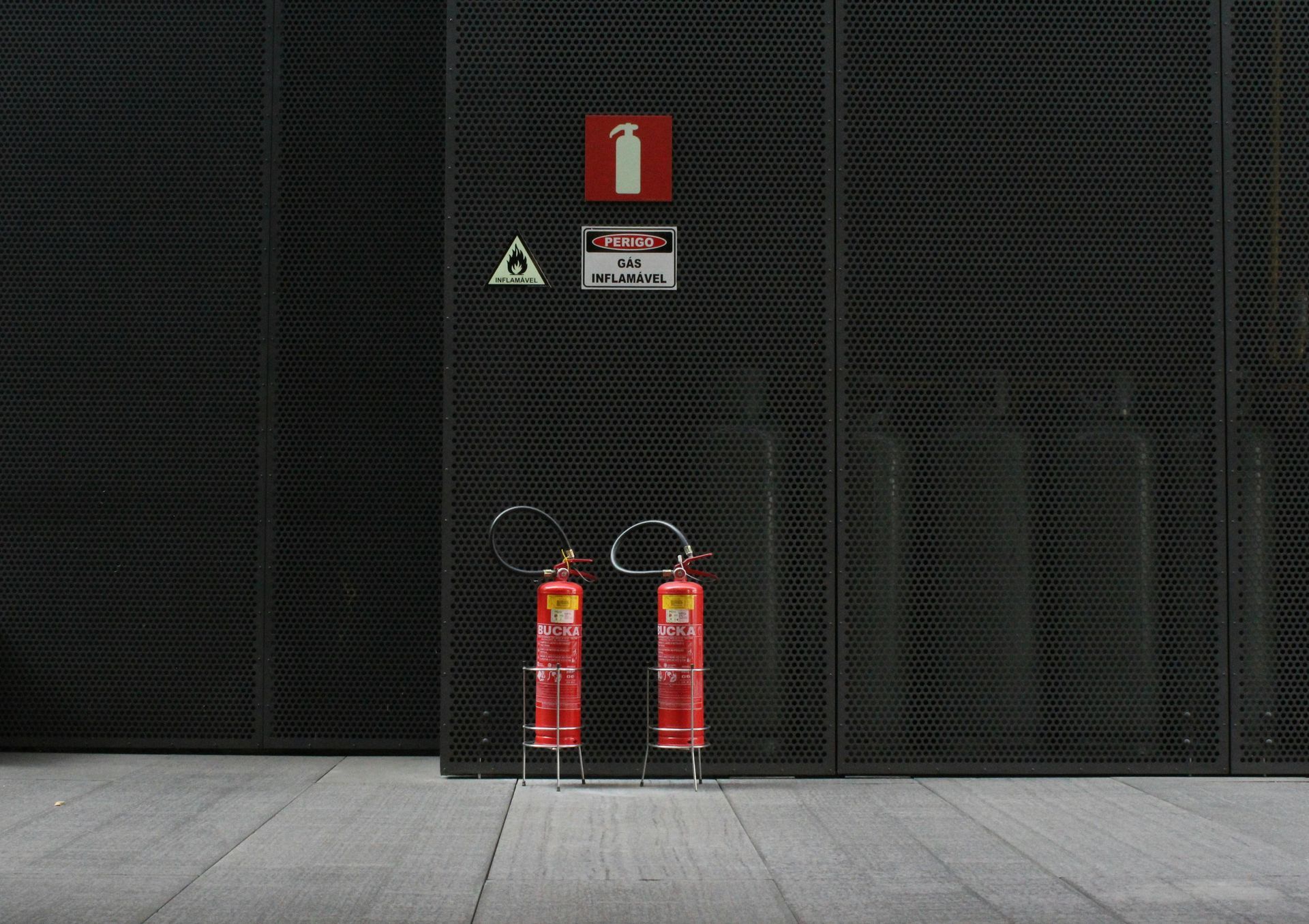

Enquire Now
We will get back to you as soon as possible.
Please try again later.
